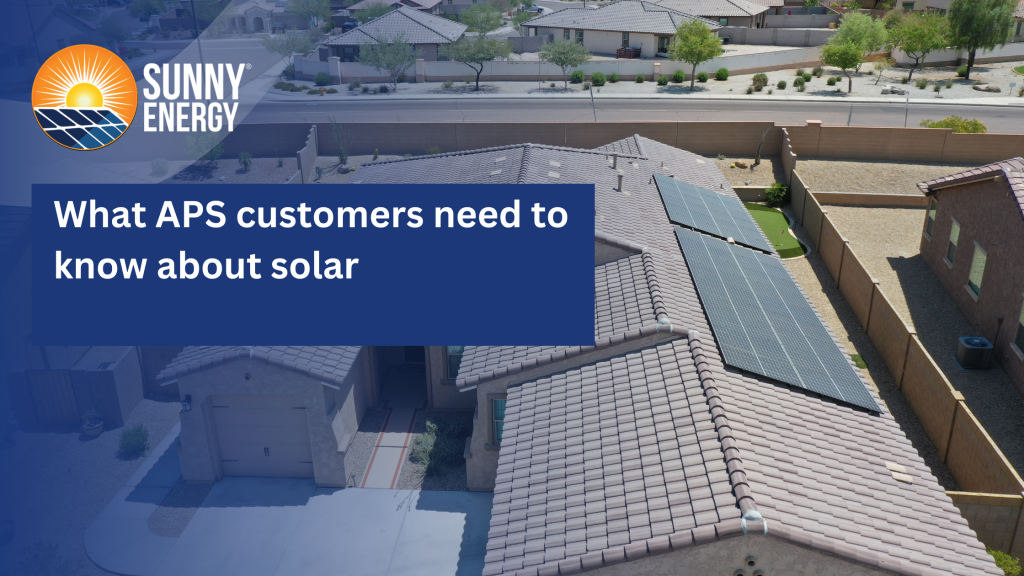With advancements in solar technology and a heightened awareness of environmental impact, more homeowners are harnessing the power of the sun by installing solar panels on their properties. As the world pivots toward renewable energy solutions, the U.S. government is incentivizing this eco-conscious choice through the Federal Solar Tax Credit, officially known as the Investment Tax Credit (ITC).
In this blog, we will talk about the Federal Solar Tax Credit, how it works, who is eligible for it, and how to claim Federal Solar Tax Credit.
As with anything related to taxes, it’s always best to consult with your tax professional to make sure you follow the rules correctly and you fully utilize these benefits.
What is the Federal Solar Tax Credit?
The Federal Solar Tax Credit, officially known as the Investment Tax Credit (ITC), serves as a governmental incentive designed to encourage investments in specific areas deemed beneficial by the government. This credit, outlined in the Inflation Reduction Act, has been extended to cover Solar Tax credits until 2034.
Specifically focusing on residential solar energy, the federal government provides a tax credit applicable to federal income taxes, allowing taxpayers to claim a percentage of the expenses incurred in installing a solar photovoltaic (PV) system.
How does the Federal Solar Tax Credit work?
The Solar Investment Tax Credit (ITC) is available to individuals who own their solar energy systems. Even if the full credit cannot be claimed in a single year due to a limited tax bill, any remaining credit amount can be carried over.
However, individuals who enter into a lease or a power purchase agreement (PPA) with a solar installer relinquish ownership of the system and, consequently, are ineligible to claim the tax credit. Additionally, it is noteworthy that the ITC program imposes no income limit, ensuring eligibility for taxpayers across all income brackets.
How can you claim Federal Solar Tax Credit?
Homeowners in Arizona can qualify for the Federal Solar Tax Credit if they meet the following criteria:
1. Installation period: The solar system installation must be done between January 01, 2006, and December 31, 2034.
2. Location: The solar photovoltaic (PV) system should be situated at the taxpayer’s primary or secondary residence in the United States, or it can be part of an off-site community solar project.
3. Ownership: The homeowner must own the solar PV system, having acquired it through either cash payment or financing. It’s essential that the homeowner is neither leasing the solar power system nor engaged in an arrangement to purchase electricity generated by a system they do not own.
4. New or first-time use: The solar PV system must be new or being utilized for the first time. The tax credit is applicable only to the original installation of the solar equipment.
5. Taxable income: Having a taxable income is crucial to benefit from the federal tax credit for solar panels. And the non-refundable nature of the credit means it can only offset taxes owed, without providing a cash refund.
Meeting these criteria makes homeowners eligible to claim the Federal Solar Tax Credit, providing a financial incentive for their solar investments.
What expenses are included for Federal Solar Tax Credit?
The eligible expenses for the Federal Solar Tax Credit include:
1. Solar panels to power homes: The cost of solar panels used to power homes qualify for the tax credit providing homeowners with a financial incentive to invest in renewable energy and contribute to a more sustainable future.
2. Contractor labor costs: This encompasses expenses related to onsite preparation, and assembly, for the original solar system installation. Additionally, associated costs such as permitting fees, inspection costs, and developer fees are considered eligible.
3. Balance of system equipment: Costs associated with the balance of system equipment, including wiring, inverters, and mounting equipment, are included in the tax credit.
4. Energy storage devices: Energy storage devices that are charged exclusively by the associated solar PV panels are eligible, even if the installation of the storage occurs in a subsequent year to the solar energy system. It’s important to note that these storage devices must still adhere to the installation date requirements.
5. Sales taxes: The tax credit extends to cover sales taxes incurred on the eligible expenses mentioned above.
These provisions provide a comprehensive overview of the various expenses that qualify for the Federal Solar Tax Credit, encouraging investment in solar energy infrastructure and associated components.
How do other incentives affect the Federal Tax Credit?
It is essential to understand how various incentives and rebates can impact your overall tax liability. Let’s delve into the details to comprehend the implications of your Federal Tax Credit:
1. Rebate from electric utility to install solar:
Under certain circumstances, utility subsidies provided to homeowners for solar PV installation are exempt from federal income taxes, thanks to a provision in federal law. In such instances, the utility rebate amount is deducted from the total system costs before calculating the tax credit.
2. Payment for renewable energy certificates:
When your utility or another purchaser compensates you with cash or incentives for renewable energy certificates or other environmental attributes associated with the electricity generated—whether provided upfront or over time—such compensation is likely to be regarded as taxable income. In such instances, the payment will augment your gross income; however, it will not diminish the Federal Solar Tax Credit.
3. Rebate from the state government:
Contrary to utility rebates, rebates provided by state governments typically do not diminish your federal tax credit. For instance, if your solar photovoltaic (PV) system was installed prior to December 31, 2022, and the installation expenses amounted to $18,000, a one-time rebate of $1,000 from your state government for installing the system would not affect your federal tax credit calculation.
4. State Tax Credit:
State tax credits for solar PV installation typically do not offset federal tax credits, and vice versa. However, when you receive a state tax credit, the taxable income reported on your federal taxes increases, as you now have a reduced state income tax deduction. The consequence of claiming a state tax credit is that the amount of the state tax credit becomes effectively taxed at the federal level.
It’s important to note that because the reduction in state income taxes leads to an increase in federal income taxes paid, the two tax credits are not additive (i.e., not (25% + 26% = 51%)).
How can you claim 30% of the solar installation bill?
After the installation of your solar power system, it’s crucial to note that the tax credit can only be claimed once. To ensure proper documentation and adherence to guidelines, it is recommended that you consult with your tax matters professional.
Install solar panel today with Sunny Energy
As a trusted solar installer and among top rated solar companies in Arizona, Sunny Energy brings expertise and experience, in solar technology that helps with a seamless transition to renewable energy. Our team of professionals is dedicated to providing customized solutions tailored to your unique needs, prioritizing efficiency and transparency throughout the process.
Contact us to receive a personalized solar quote, and let us be your solar installer or guide you through a professional installation that not only transforms your home but also qualifies you for the Federal Solar Tax Credit. Don’t miss the opportunity to contribute to a greener planet and enjoy long-term energy savings. Get a quote today from Sunny Energy, one of the top rated solar companies in Arizona.
Conclusion
In summary, the Federal Solar Tax Credit, or Investment Tax Credit (ITC), plays a crucial role in boosting residential solar investments, extended until 2034. Arizona homeowners must meet specific criteria, ensuring their solar system installation dates fall between January 01, 2006, and December 31, 2034, and they own the system. The credit covers diverse expenses, promoting solar infrastructure investments.
Consideration of how utility and state rebates impact the federal tax credit is vital, while payments for renewable certificates and state tax credits warrant careful assessment. Homeowners can claim the credit using IRS Form 5695, ensuring adherence to guidelines and maximizing benefits by carrying over any unused credits to future years.




